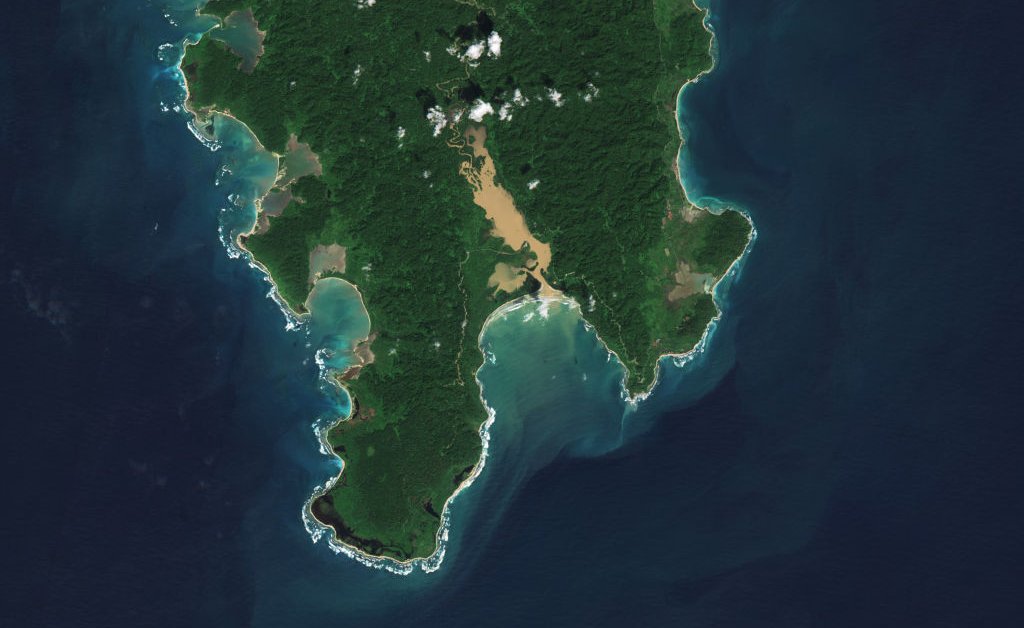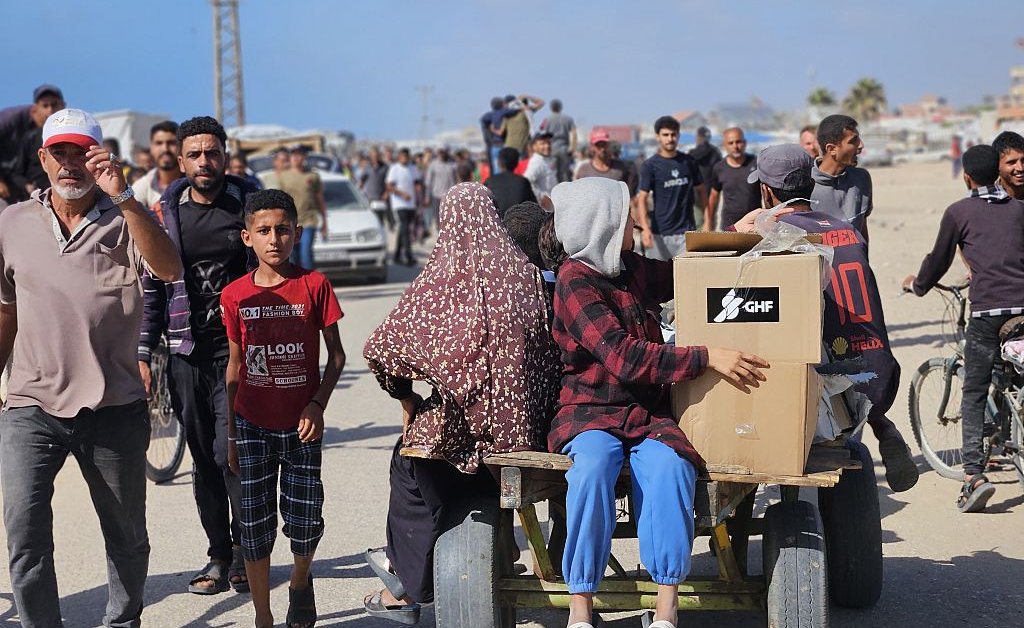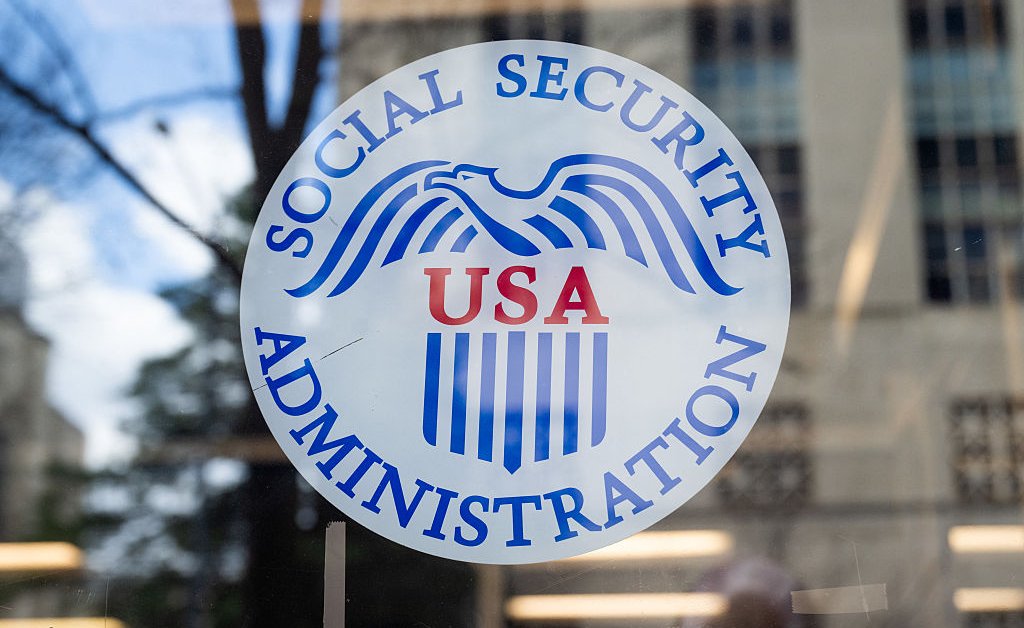On a moonless night in January, a gargantuan turtle was digging a nest high up on a soft sand beach at Galathea Bay on the Great Nicobar Island in the Indian Ocean. Her flippers, each more than two feet long, scooped out sand and flung it to her sides in slow, determined strokes. To watch her heave her body around and to listen to her labored breathing was to imagine her exhaustion.
I was witnessing one of the oldest biological rites on the planet. Leatherback sea turtles have crossed oceans and hauled themselves up on favored beaches to lay their eggs for a 100 million years. Great Nicobar rivals Ecuador’s Galápagos with its cultural and biological wealth. The island is so pristine that endangered leatherback sea turtles swim from Africa and Australia to lay eggs there.
Great Nicobar is a part of over 500 islands collectively known as Andaman and Nicobar Islands, which are around 1,000 miles from mainland India. The island is home to the Shompen, an indigenous people numbering between 200 and 400, who shun contact with outsiders and are among the last hunters, gatherers, and cultivators. Another Indigenous group, the Great Nicobarese, lived in villages along the western coast of the island before being killed or displaced by the tsunami of 2004.
So far, scientists have documented around 2,500 species of plants, birds, animals, lizards, butterflies and other creatures on the island. More than 400 are found only on Great Nicobar or its little sister islands: Nicobar Long Tailed Macaque; Coconut Crabs, the world’s largest terrestrial arthropod; ancient Saltwater Crocodiles; Crested Serpent Eagles, the world’s smallest eagle; and the ground dwelling Nicobar pigeon, the closest living relative of the Dodo. Off the shores of the island lie rainbow coral reefs, seagrass beds, and undersea ridges sheltering hundreds of species of fish, dugongs, and 15 species of dolphins and whales.
For millennia, its remoteness protected it. But Great Nicobar faces certain destruction as Indian Prime Minister Narendra Modi’s government plans to construct a container port, an airport, a township, a tourism project, and a power plant on the island—attempting to transform the island into a bustling commercial hub. Commentators in the Indian press have evoked visions of Hong Kong and Singapore while speaking of its future.
Perils of progress
The champions of the project make two arguments. Some point toward Great Nicobar’s location, mere 40 nautical miles from the Malacca Strait through which around one third of global sea trade passes. They argue that the proposed container port on the island can capitalize on container cargo heading to India’s east coast, Bangladesh, and Myanmar from ports in Singapore and Colombo. Feeder vessels will halve sailing time. Port charges, currently flowing to Singapore and Sri Lanka, will stay in India. Others cite national security. To counter China’s rising presence and influence in the Indian Ocean—and given the recent India-China tensions in the Himalayas—India has been strengthening its military infrastructure on the Andaman and Nicobar islands.
Thus, the Great Nicobar Island project has been presented as a key initiative in India’s maritime connectivity and security strategy. The port’s construction, however, would involve dredging of Galathea Bay, which will come with environmental costs for its biodiverse marine life as displaced silt smothers reefs and sea grass beds. The first phase of the project also requires felling 50 square miles of pristine rainforest. Estimates by the government suggest that a million trees would be logged; ecologists fear the number would be around 10 million. The second phase of the project is expected to almost double its scale and expand it to 90 square miles, almost a fifth of Great Nicobar. Indian government sources told me that the third stage of the project, expected to commence around 2042, will commandeer the entire island.
Apart from decimating hundreds of species, the construction of an airport, a power plant, a ship repair yard, and a township will also cut off the tiny Shompen tribe from much of their habitat. Several scholars of genocide signed a letter addressed to the President of India, arguing that the Shompen will “face genocide” if the project went ahead. The massive construction would also ensure that the Great Nicobarese—the other indigenous people—who were displaced from their homes on the western coast of the island by the tsunami in 2004, would be forced to abandon their dream of returning to their villages.
The project’s planners estimate that 350,000 people will move from mainland India to staff the complex, live in the new town, increasing the island’s population almost 40 times. In the late 19th century, contact with British colonizers wiped out eight groups of indigenous peoples collectively called the Great Andamanese in the Andaman Islands, north of the Nicobar. Now, a similar influx of settlers—and the animals and the microbes they would bring—could be as devastating for Great Nicobar’s species and the Shompen, who have lived in almost complete isolation for thousands of years and are likely to have no immunity to outsiders’ germs.
The Modi government’s indifference to the ecological and human costs of this endeavor is not surprising. In the last 11 years, belying Prime Minister Modi’s description of climate change as one of the principal threats to civilization, his government has defanged environmental watchdogs, helped projects fraught with ecological danger evade scrutiny, and endorsed mega projects bound to cause immense loss of forests. India’s ministries for environment protection and tribal welfare have already acquiesced to the project.
What is more surprising is how relentlessly the government has pushed the project—despite critics warning that it is fundamentally impractical.
Turbulent geography, bad economics
Great Nicobar sits atop a major seismic fault line: an earthquake with its epicenter around 80 miles from Great Nicobar contributed to the tsunami in 2004, which killed 230,000 people and displaced millions in Indonesia, India, and Sri Lanka. The day the tsunami struck, Great Nicobar’s southern tip sank by around 15 feet, slipping into the ocean. Most settlements on its coast were washed away. The seismic faultline continues to be active. In July, a geologist warned that an ongoing cluster of smaller earthquakes near the Nicobar Islands could signal a volcanic eruption in the Andaman Sea, which raises fears of another tsunami.
And there is economics. The distance of around 1,000 miles between Great Nicobar and mainland India makes construction on the island close to three times costlier than elsewhere in India, a real estate developer in Port Blair, the capital for Andaman and Nicobar Islands, explained. Every bolt has to be shipped in. The port alone is expected to cost India $5 billion while the entire project is expected to cost $10 billion.
But basic supply and demand dynamics mean that the proposed port likely won’t be able to charge more for moving cargo than the nearby ports of Colombo or Singapore. It doesn’t have a hinterland to generate or absorb goods either. I reported on the economics of the port and found that the port will not generate enough revenue to be commercially feasible and sustain a township, which is necessary to incentivize shipping firms to relocate there. Instead, Indian taxpayers will have to subsidize it.
The great derangement
The Indian government has ignored numerous pleas to reconsider and abandon the project and instead moved to change the facts on the ground. Since Prime Minister Modi first announced the project in August 2020, his government has rescinded the protected status of Galathea Bay as a marine turtle reserve, reduced the area of the UNESCO biosphere reserve on the island, rendered coastal zone regulations inapplicable to Galathea Bay, and altered the boundaries of the Shompen reserve.
Indian law requires the government to produce an environmental impact on the project. But the report produced by the government incorrectly claims that the Shompen will not be affected by the project. What’s worse, the report proposes to geo-fence them to insulate them from newcomers.
Already, the interactions between the Shompen and the visitors are rising. Last year, an influencer trekking in the Great Nicobar forest ran into a group of loin-clad Shompen, filmed herself with them, and offered them fried foods. Similar interactions had sparked epidemics, including measles, amongst the Jarawa indigenous people of the Andaman Islands in 1998. Nobody knows how many Jarawa died in the forest.
Indian leaders have also downplayed the area’s earthquake risk while citing tsunamis as a reason why the Great Nicobarese indigenous people living in government camps cannot return to their ancestral villages. Promises have been made to replace lost rainforest tracts on the island with afforestation in distant northern India but the forests there and the wildlife species they shelter are entirely different.
As criticism mounted, the Modi government announced a $260 million initiative that includes studies to gauge the project’s impact on a set of species that leaves out numerous species which are only found on Great Nicobar Island. Arguing that relocation can stem the loss of biodiversity, the government has classified some islands used by Nicobarese tribals as wildlife sanctuaries. One of these islands where Nicobar Megapodes—a vulnerable species of fowl-like birds—are to be settled is around one third of a square mile.
Then, there is the tragedy of the leatherback sea turtles. Between poaching and loss of nesting sites in countries like Indonesia, scientists now estimate their numbers in the northeastern Indian Ocean as less than 1,000 females. In 2023-24, 618 female sea turtles nested at Galathea Bay alone. Turtle hatchlings born at Galathea Bay are being caught and released on other beaches. Any delay in release weakens hatchlings and affects their survival rates. There is no evidence the new beaches will be suitable for the hatchlings.
To pave way for the container port, even corals are currently set to be moved from Galathea Bay. But this plan ignores the fact that an interlocked ecology cannot be reproduced by just relocating some species. Take the corals. How will the accompanying assemblage of marine life be moved?
Looming over questions like this is the government’s tearing hurry to start construction. Even before the impact studies were produced, the government had already invited expressions of interest for felling trees and moved wildlife sanctuaries to other locations despite local opposition.
Unsurprisingly, the government is muzzling criticism. “Local leaders have been told to not oppose the project,” a tribal elder on Great Nicobar, who didn’t want to be named for the fear of retribution from the government, told me. They have been blocked from meeting with visiting officials. Outsiders are not being allowed onto Great Nicobar. Some reporters who managed to reach Great Nicobar found themselves under surveillance from police and Indian intelligence officers.
The great hyperbole
The Great Nicobar project is an illustration of great speculation and hyperbole —one with terrible ecological costs. “Only the components that are strategic or commercially viable will be taken up,” a senior infrastructure sector official in Mumbai, who is not authorized to speak to the press and spoke on the condition of anonymity to avoid official retribution, told me.
Building the port with funding offered by the government or procured from banks might be more lucrative than running it. “Most companies that bid on the port asked for contracts to build the project,” the Mumbai-based maritime consultant told me. “Not to run it.” Among the corporations that have expressed interest is Adani Ports, which is owned by Gautam Adani, a billionaire friend of Prime Minister Modi. Others are bidding for logging contracts—all that rainforest timber can create instant millionaires. People in Port Blair, the regional capital, are getting into the act and buying out land from locals on Great Nicobar. Advertisements offering land for sale on Great Nicobar have been popping on social media.
What is at risk of happening in Great Nicobar is an example of a destructive trend, centuries in the making. Now, the decimation of the environment and indigenous people across the world, from the palm oil plantations of Indonesia to the cobalt mines of the Democratic Republic of Congo, has reached the shores of Great Nicobar. The fragile island is one of the last remaining ecological treasures on the planet to be flipped into a resource frontier. Even if the planned mega projects on Great Nicobar fail, contractors and middlemen will likely make millions after exacting the terrible cost of destroying its rainforest, its precious beaches, its biodiversity and the lives of the Shompen people.
And the magic of watching leatherback sea turtles, as old as the dinosaurs, swimming across vast oceans to nest their hatchlings on Galathea Bay’s pristine shore might soon fade into memory.








